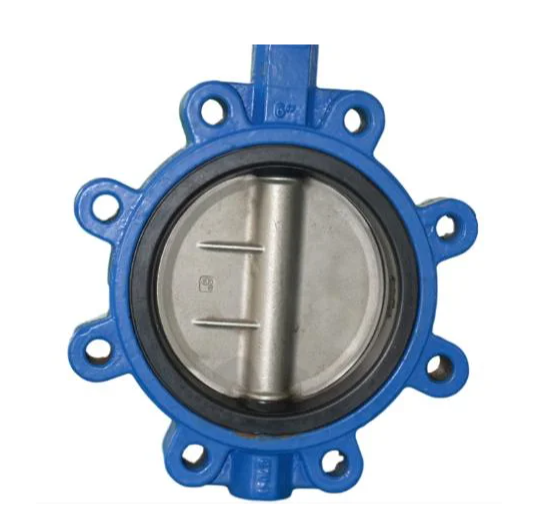Center line butterfly valves are designed to meet or exceed industry standards for performance and safety through a combination of engineering features, materials selection, and adherence to specific standards and regulations.
Here are key aspects of their design that contribute to meeting or surpassing industry standards:
- Materials Selection: High-quality materials, such as stainless steel, ductile iron, or other corrosion-resistant alloys, are often used in the construction of center line butterfly valves. The choice of materials ensures durability, corrosion resistance, and compliance with industry standards.
- Design Standards: Center line butterfly valves are designed in accordance with industry standards and specifications, such as those established by organizations like the American Society of Mechanical Engineers (ASME), the International Organization for Standardization (ISO), or the American Water Works Association (AWWA). Adherence to these standards ensures consistency and compatibility with other industry components.
- Pressure and Temperature Ratings: The design of center line butterfly valves considers the specific pressure and temperature requirements of the intended application. Valves are engineered to handle a range of pressures and temperatures to ensure safe and reliable operation in diverse industrial environments.
- Sealing Mechanisms: Butterfly valves incorporate reliable sealing mechanisms, such as resilient seat materials or triple-offset designs, to ensure tight shut-off and prevent leakage. These features contribute to meeting industry standards for valve performance, particularly in applications where leak prevention is critical.
- Flow Characteristics: Center line butterfly valves are designed to provide efficient flow control while minimizing pressure drops. center line butterfly valves The valve’s geometry and disk design contribute to achieving optimal flow characteristics, meeting industry standards for performance efficiency.
- Fire Safety Compliance: For applications requiring fire safety, center line butterfly valves are designed to meet relevant fire safety standards, such as those outlined in the National Fire Protection Association (NFPA) standards. Fire-safe designs prevent valve failure and maintain functionality during fire incidents.
- Torque and Actuation: The design includes considerations for torque requirements and actuation mechanisms. Proper sizing of actuators and the incorporation of fail-safe features contribute to meeting industry standards for reliable and safe valve operation.
- Testing and Certification: Center line butterfly valves undergo rigorous testing procedures, including hydrostatic, pneumatic, and performance tests, to ensure compliance with industry standards. Certification from recognized organizations, such as the American Petroleum Institute (API) or the International Electrotechnical Commission (IEC), further validates the performance and safety of the valves.
- Corrosion Resistance: To meet industry standards for durability and longevity, center line butterfly valves are designed to resist corrosion. This is achieved through the use of corrosion-resistant materials, protective coatings, and proper surface treatments.
- End Connections and Mounting Options: The design includes standardized end connections (flanged, wafer, lug) and mounting options to ensure compatibility with industry piping systems. Standardized dimensions and configurations contribute to seamless integration into various applications.
- Emergency Shut-off Capability: For applications where emergency shut-off is crucial, center line butterfly valves can be designed with features that allow for rapid closure in critical situations, meeting industry standards for safety in emergency scenarios.
- User and Environmental Safety: Center line butterfly valves are designed with user and environmental safety in mind. This includes features such as ergonomic handwheel design, locking mechanisms, and compliance with environmental regulations to minimize any potential hazards.
- Valve Sizing and Selection: Proper valve sizing based on application requirements is a key aspect of the design process. Center line butterfly valves are selected and designed to match the flow conditions and operational parameters, ensuring optimal performance and adherence to industry standards.
- Documentation and Traceability: Detailed documentation, including material certifications, test reports, and compliance certificates, is provided with each valve. This documentation ensures traceability and transparency in meeting industry standards.
By incorporating these design considerations, center line butterfly valves aim to meet or exceed industry standards for performance, reliability, and safety in a wide range of applications across various industries. Regular updates and adherence to evolving standards further ensure that these valves continue to meet the highest industry requirements.
